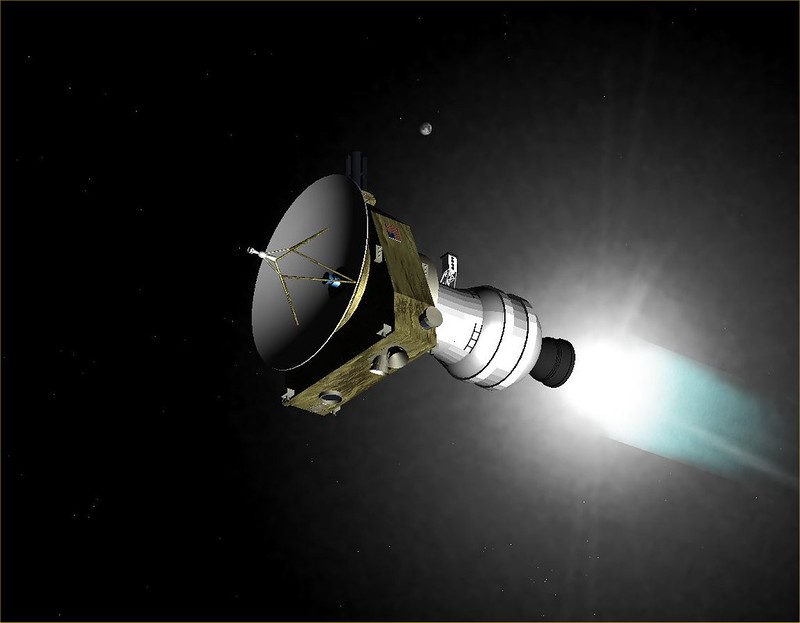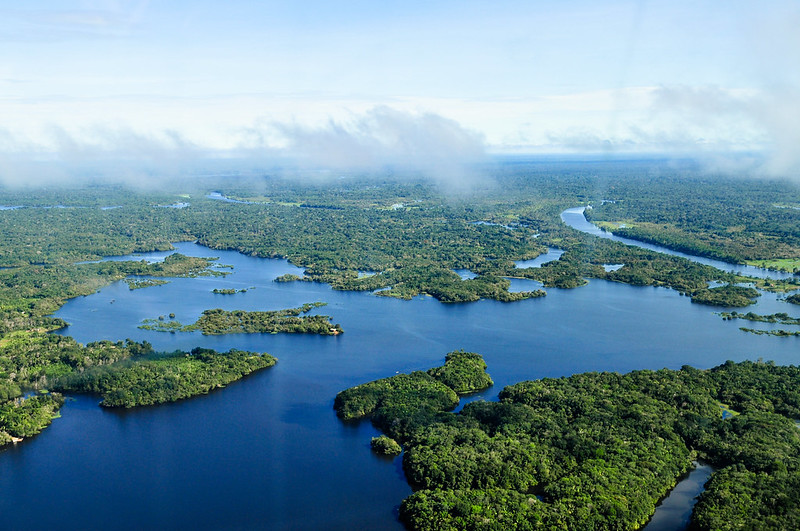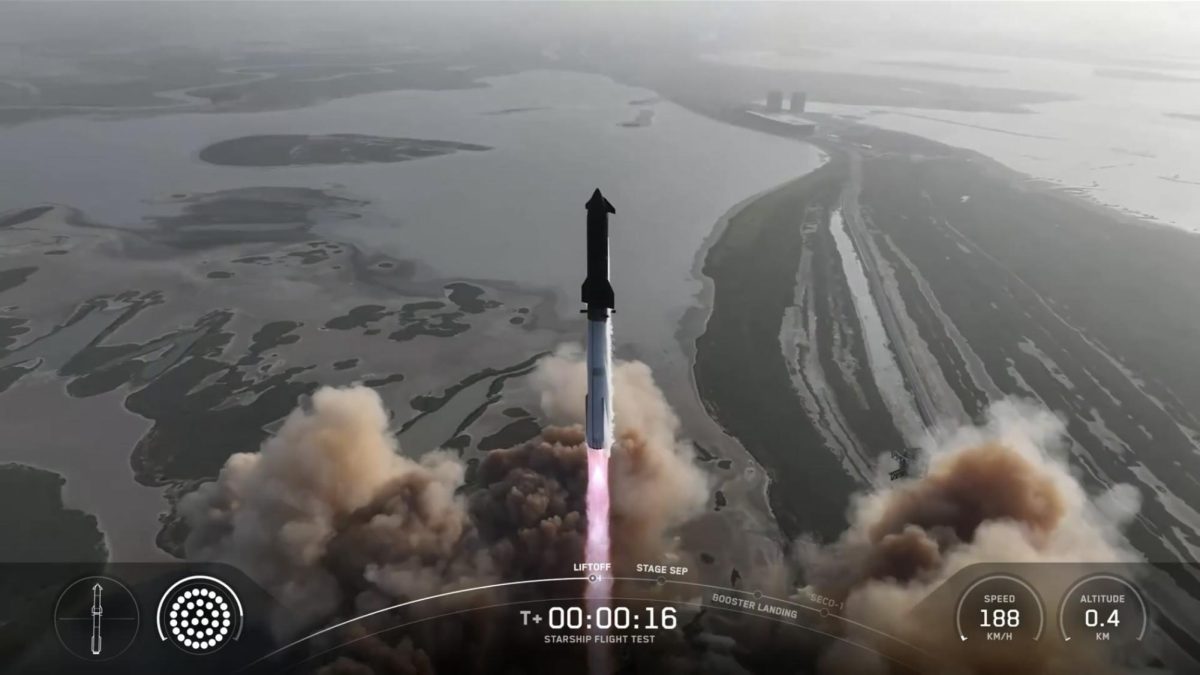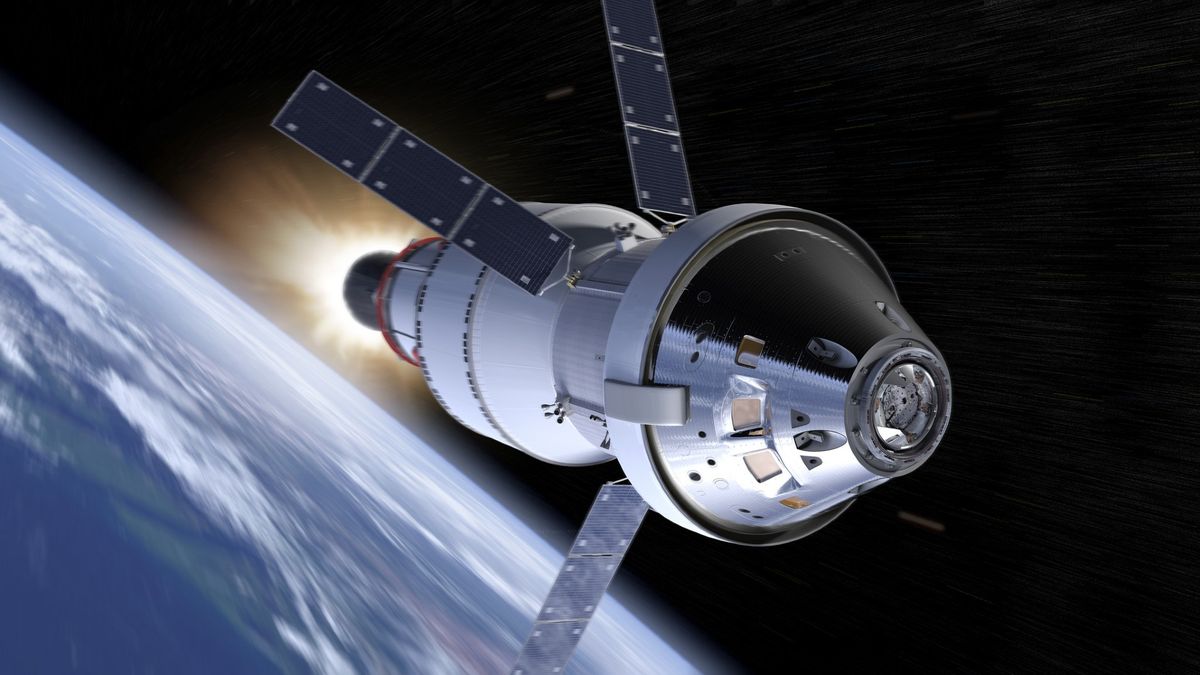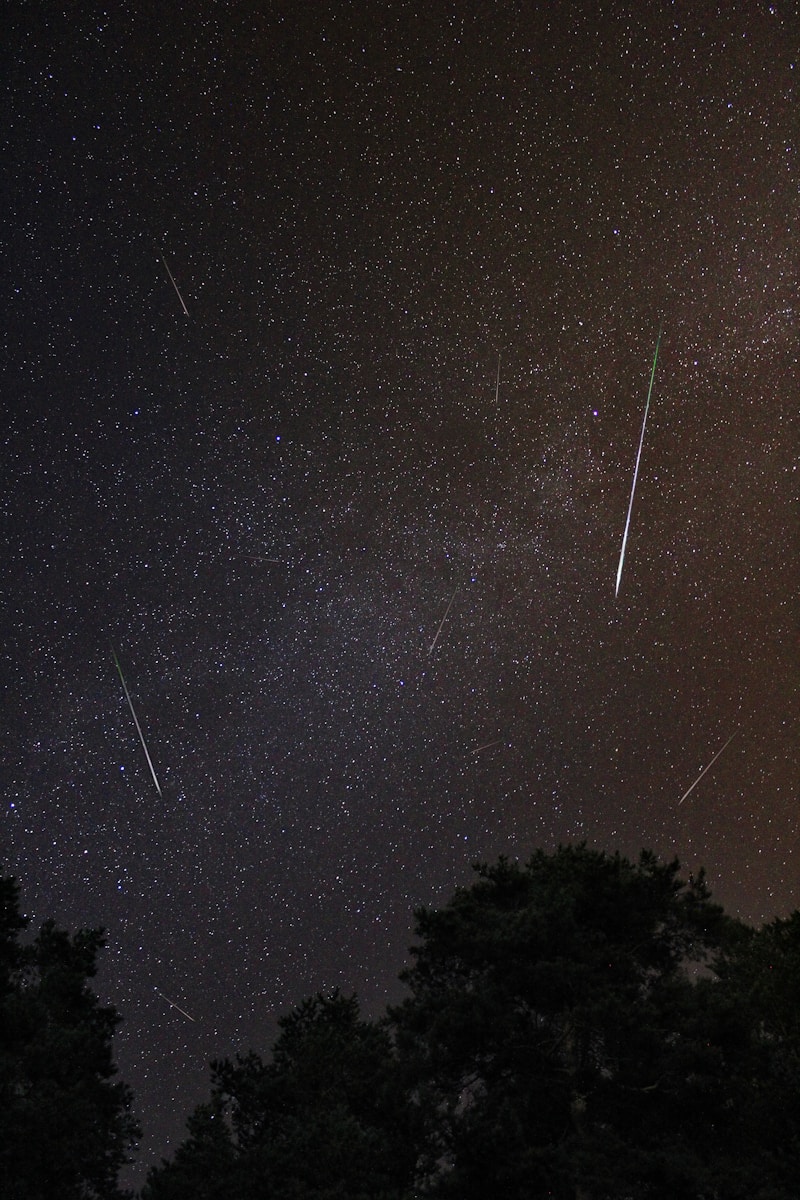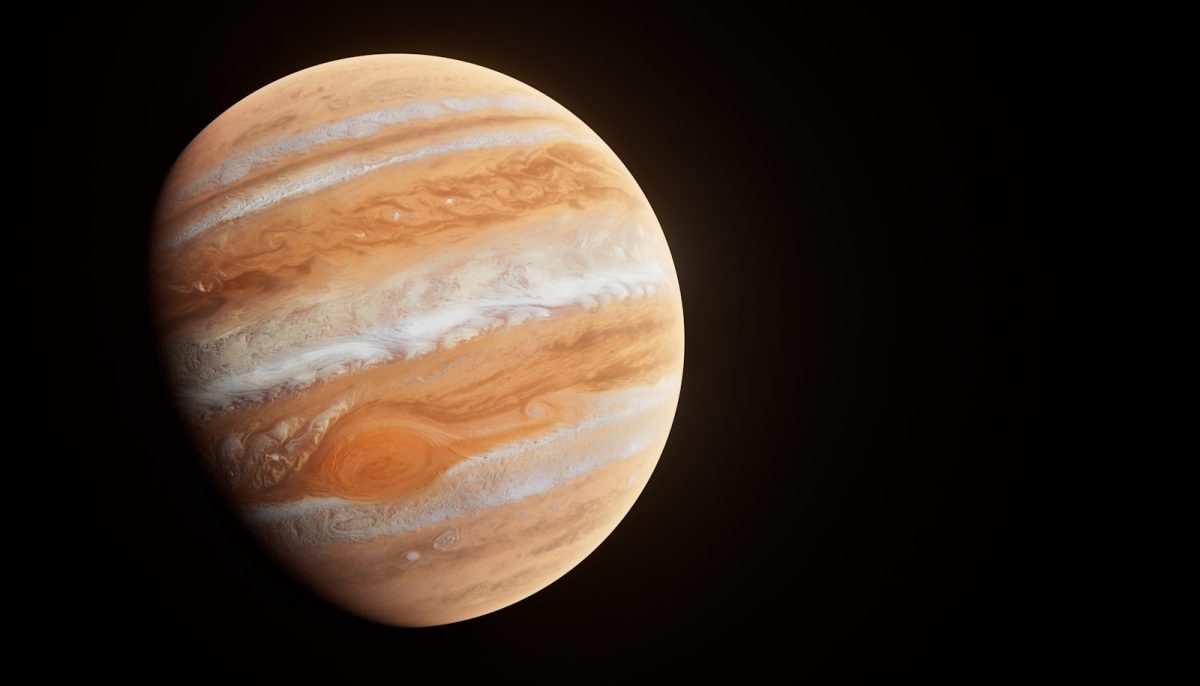In the vast expanse of space, humanity’s thirst for knowledge knows no bounds. Among the myriad of missions launched to explore the cosmos, few have captured the imagination quite like NASA’s New Horizons probe. This intrepid spacecraft, launched in 2006, embarked on a journey of discovery to unlock the secrets of the distant outer reaches of our solar system, forever altering our understanding of the cosmos.
Conceived as part of NASA’s New Frontiers program, New Horizons was designed to explore the Pluto-Charon system and beyond. Equipped with state-of-the-art instruments and propelled by a compact nuclear power source, the spacecraft was built to withstand the rigors of interplanetary space travel and operate in the harsh environment of the outer solar system.
After a decade-long journey spanning billions of kilometers, New Horizons made history on July 14, 2015, when it conducted the first-ever flyby of Pluto, the enigmatic dwarf planet at the edge of our solar system. As the spacecraft passed within a mere 12,500 kilometers of Pluto’s surface, its suite of scientific instruments went to work, capturing unprecedented images and gathering valuable data about this distant world.
Among the most remarkable discoveries made by New Horizons was the revelation of Pluto’s diverse and dynamic landscape. Far from being a frozen, lifeless world, Pluto proved to be a geologically active planet, with towering mountains, vast plains of frozen nitrogen, and a hazy atmosphere composed of nitrogen, methane, and other exotic compounds. The spacecraft’s images revealed features such as nitrogen glaciers, towering ice spires, and mysterious dark patches, challenging scientists’ preconceived notions of what a distant icy world could be.
But New Horizons’ mission did not end with Pluto. After its historic flyby, the spacecraft continued its journey deeper into the Kuiper Belt, a vast region of icy bodies and dwarf planets beyond the orbit of Neptune. In 2019, New Horizons made another historic encounter, flying past Arrokoth (previously known as Ultima Thule), a small, primitive object located over 6.5 billion kilometers from Earth. This distant world, shaped like a flattened snowman, provided valuable insights into the early history of the solar system and the processes that shaped the formation of planets and moons.
Beyond its scientific discoveries, New Horizons’ mission has also had a profound impact on our understanding of space exploration and the capabilities of robotic spacecraft. Its successful flybys of Pluto and Arrokoth demonstrated the feasibility of conducting detailed studies of distant objects in the outer solar system, opening up new avenues for exploration and discovery.
